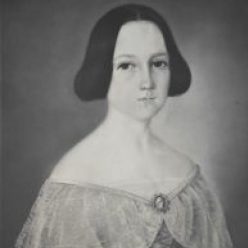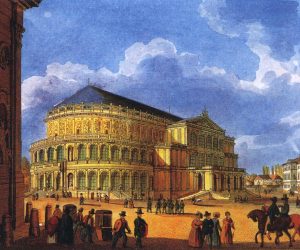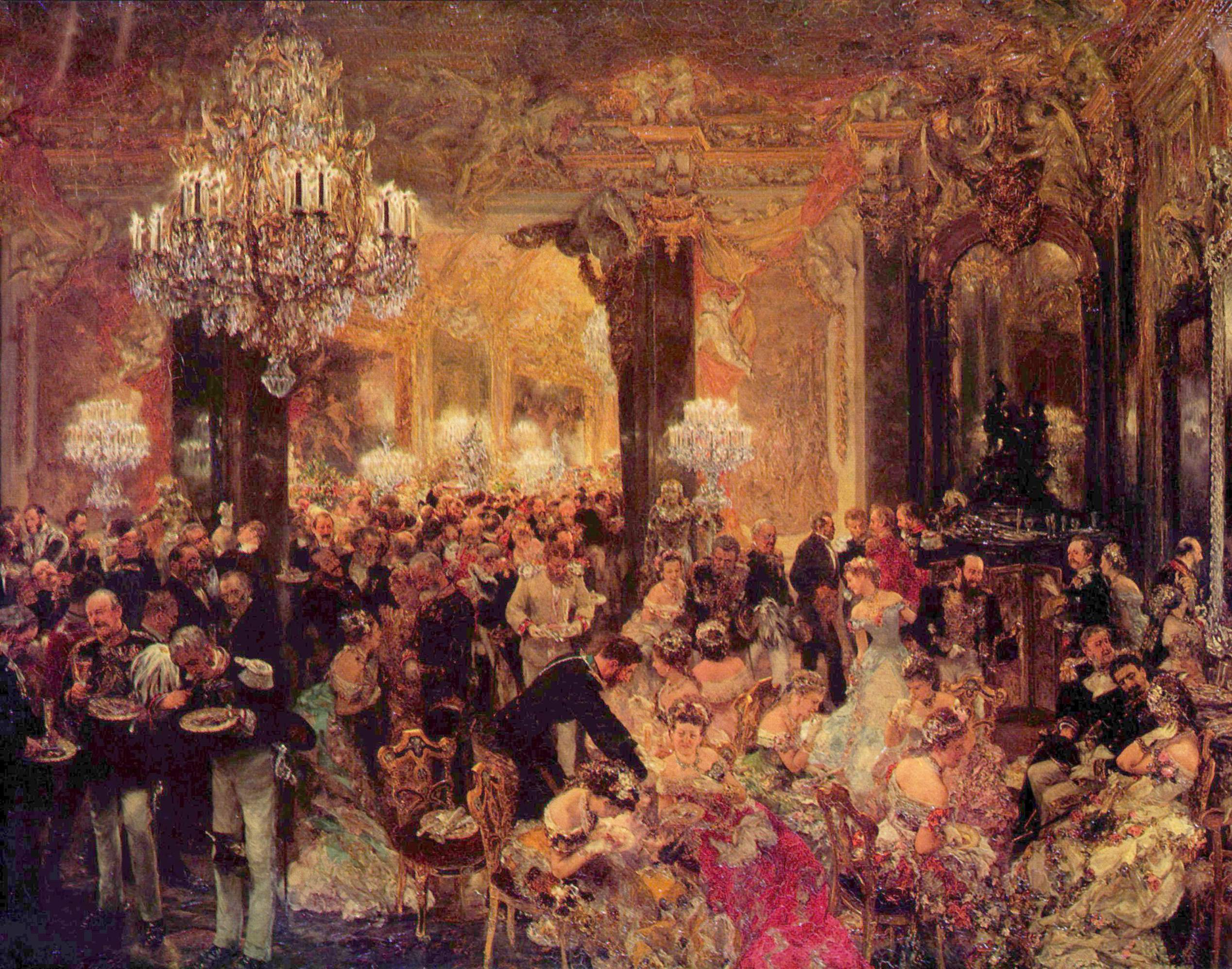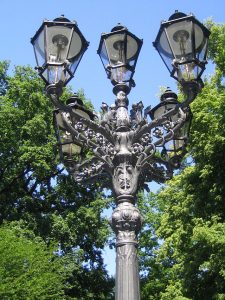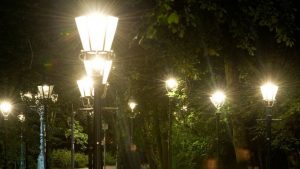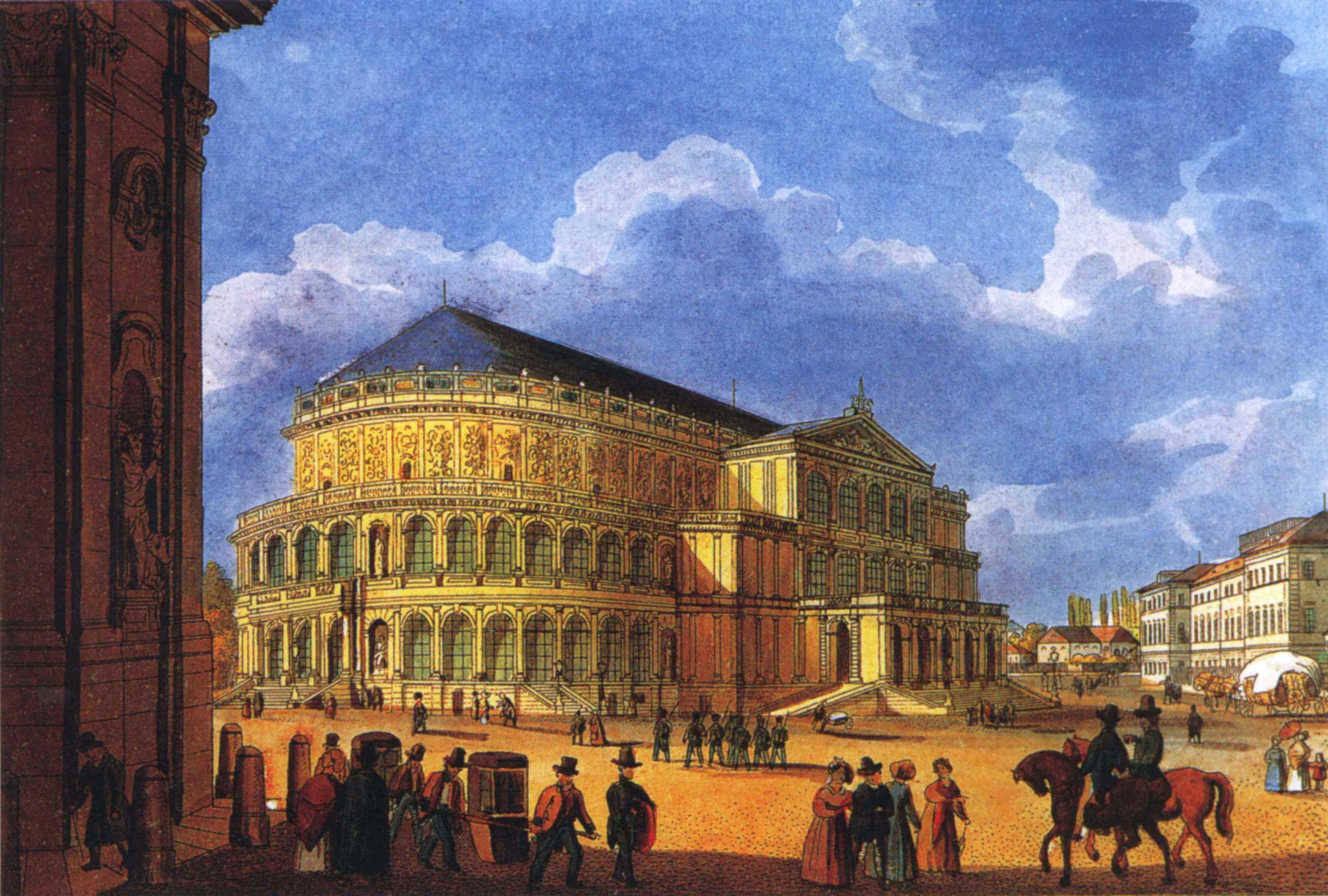 Den 28 september kl 9.35 avgår vårt tåg från Stockholms Central. Tyvärr inget tidstypiskt tåg från 1847, det tidstypiska får vi själva stå för. En ny 1840-talsklänning har jag klar, men flera återstår att sy de närmaste veckorna. Vi ska vara på resande fot i två veckor, så det behövs några ombyten och kläder efter olika väderlek. Den största utmaningen för oss är att vandra i bergen i långklänning!
Den 28 september kl 9.35 avgår vårt tåg från Stockholms Central. Tyvärr inget tidstypiskt tåg från 1847, det tidstypiska får vi själva stå för. En ny 1840-talsklänning har jag klar, men flera återstår att sy de närmaste veckorna. Vi ska vara på resande fot i två veckor, så det behövs några ombyten och kläder efter olika väderlek. Den största utmaningen för oss är att vandra i bergen i långklänning!
Nu är åtminstone alla etapper på vår resa i Augustas fotspår bokade. Den resa som Augusta ägnade en och en halv månad till, ska vi genomföra på två veckor. Det blir ett tufft program. Vi ska försöka se så många sevärdheter vi kan, som Augusta beskrivit och helst några som vi själva väljer också. På Augustas tid var det många besök och visningar av slott i gamla Preussen och Saxen, kyrkor och museer och ett och annat kloster. (Ett kloster är idag bryggeri, så det måste vi bara besöka!)
Vi ska vandra i Saxiska Schweiz, åka hjulångare på Elbe och åka ångdrivet tåg i Dresden. Förhoppningsvis lyckas vi även få biljetter till Berlinoperan eller Dresdenoperan (bilden ovan). Visst låter det roligt? Och vi hoppas möta många intressanta människor på vår färd. Vi märkte redan på Göta kanalresan att många tycker det är roligt att prata med oss och undrar vilka vi är och varför vi klätt oss i viktorianska kläder.
Vår tidtabell
28.9 Tågresa Stockholm-Malmö-Trelleborg
29.9 Ankomst Travemünde
29.9-1.10 Lübeck
1.10 Tågresa till Berlin
1.10-4.10 Berlin
4.10 Tågresa till Dresden
4.10-6.10 Dresden
6.10-8.10 Bad Schandau och Saxiska Schweiz
8.10 Båtresa till Prag
8.10-10.10 Prag
10.10 Tågresa Prag-Hamburg
10.10-12.10 Hamburg
12.10 Tågresa Hamburg-Stockholm
Har ni vägarna förbi dessa orter när vi är där, hör av er! Vi kanske kan dricka caffe eller äta en glace tillsammans.
